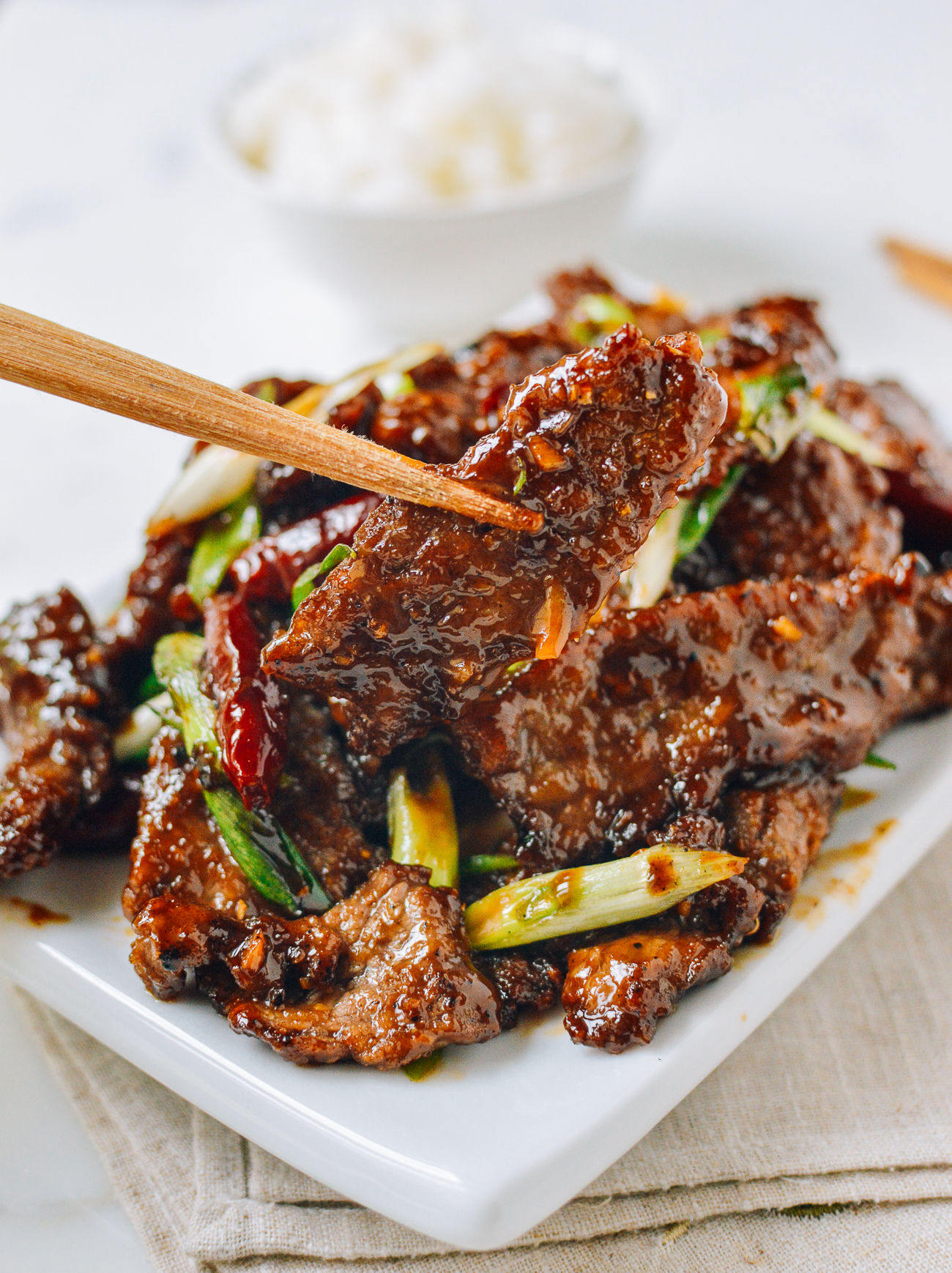Meat Quality Grades Explained: What You Required to Know
Meat Quality Grades Explained: What You Required to Know
Blog Article
From Ranch to Table: Fresh and Costs Meat Choices
The trip of meat from farm to table envelops a complex interplay of quality, values, and sustainability. This change not only enhances the dietary account of meat yet also supports neighborhood economic situations.
Understanding Meat Sourcing
As consumers end up being progressively knowledgeable about the beginnings of their food, recognizing meat sourcing has actually gotten critical importance. Meat sourcing includes mapping the trip of meat from farm to table, incorporating numerous variables such as farming techniques, animal well-being, and ecological influence. This understanding encourages consumers to make educated selections that straighten with their worths, especially pertaining to sustainability and ethical considerations.
The sourcing of meat can vary considerably based on several standards, consisting of the sort of livestock, farming techniques, and geographical place. Grass-fed beef typically comes from pasture-based systems that promote pet well-being and reduce ecological degradation. On the other hand, standard meat might involve extensive farming methods that increase problems regarding antibiotic use and habitat destruction.
Knowing the particular farm or region where the meat stems helps consumers guarantee top quality and security. Ultimately, recognizing meat sourcing not just boosts consumer selection yet likewise promotes liable intake and supports ethical farming practices.
Advantages of Fresh Meat
Choosing fresh meat supplies various advantages that extend past flavor and appearance. Fresh meat generally keeps greater nutritional value contrasted to its frozen or refined equivalents. It is often richer in important vitamins and minerals, such as B vitamins, iron, and zinc, which are important for maintaining general wellness.
Furthermore, the sourcing of fresh meat commonly includes much shorter supply chains, reducing the time in between farm and table. This suggests that the meat is much less likely to lose its nutritional integrity throughout transportation and storage. In addition, consumers can experience improved preference and juiciness, which can raise cooking experiences.
Fresh meat likewise offers an opportunity for consumers to support neighborhood farmers and advertise lasting agricultural methods. When buying from regional resources, individuals can contribute to their neighborhood economic climate and foster a better connection to the food they eat.
Finally, fresh meat is usually complimentary from the preservatives and ingredients generally located in refined alternatives. This makes it a cleaner, much healthier alternative for those looking to lessen their intake of fabricated active ingredients. In general, the benefits of picking fresh meat incorporate health, taste, and a feeling of neighborhood interaction.
Animal Welfare Requirements
Guaranteeing high animal well-being criteria is necessary for both moral factors to consider and the quality of meat products. The therapy of livestock directly affects not just the ethical ramifications of meat production but also the total quality and safety and security of the end products. Animals increased in humane conditions are much less stressed out, bring about healthier pets and, as a result, exceptional meat high quality.
Regulations and accreditations concerning animal welfare have actually ended up being significantly considerable in the meat sector. These structures make certain my website animals are provided with ample room, proper nourishment, and humane handling throughout their lives. Practices such as pasture-raised systems and free-range atmospheres add to far better pet well-being by permitting pets to display all-natural habits, which is essential for their wellness.
Moreover, customers are coming to be more critical regarding the resources of their meat, resulting in an expanding demand for products that follow strict animal well-being standards. This shift not just advertises ethical farming methods however additionally encourages producers to take on measures that enhance the health and wellness and well-being of their animals. Meat. Eventually, focusing on animal well-being is not simply a moral imperative; it is additionally a pathway to creating premium-quality meat that satisfies customer assumptions

Lasting Farming Practices
Sustainable farming methods play a vital duty in improving both pet well-being and the high quality of meat items. By carrying out rotational grazing, farmers can advertise healthy pasture environments, enabling animals to feed on nutrient-rich lawns while avoiding overgrazing.
In addition, lasting farming commonly incorporates integrated pest administration and natural feed choices, decreasing the use of harmful chemicals. This approach not just safeguards animal well-being yet also results in cleaner, much safer meat products for customers. Water preservation methods, such as rainwater harvesting and reliable irrigation systems, even more contribute to lasting practices, making certain that sources are utilized judiciously.
Moreover, promoting biodiversity through polyculture systems and maintaining environments for wild animals enhances the durability of farming ecosystems. By focusing on these sustainable methods, farmers can generate high-grade meat that satisfies consumer need while promoting environmental balance. Ultimately, accepting lasting farming practices is crucial for developing a more accountable and resilient food system that profits pets, farmers, and customers alike.
Picking Quality Over Amount
Regularly, customers are faced with the problem of choosing between quantity and quality when it pertains to meat products. While acquiring larger amounts may seem economically helpful, the long-term advantages of picking premium meat much exceed the immediate cost savings. Quality meat is commonly sourced from pets increased in sustainable settings, where they are provided appropriate nutrition and care, resulting in superior taste and nutritional worth.
High-grade meats are typically without unsafe additives, hormones, and antibiotics that are often existing in mass-produced alternatives (Meat). This not just guarantees a healthier eating experience but likewise sustains honest farming techniques discover this info here that focus on pet welfare. Furthermore, costs meats tend to have a much better appearance and flavor, enhancing the total cooking experience
Investing in quality meat motivates customers to value smaller sized parts, permitting an extra mindful approach to consuming. This change not about his only affects individual wellness positively yet likewise promotes sustainable usage patterns that can profit the setting. Finally, prioritizing top quality over amount when choosing meat products fosters a much more responsible and health-conscious way of living, eventually enhancing both the dining experience and the planet.
Conclusion

Report this page